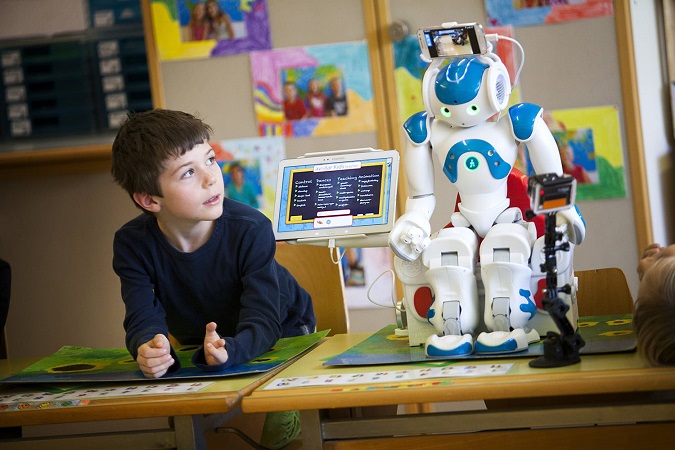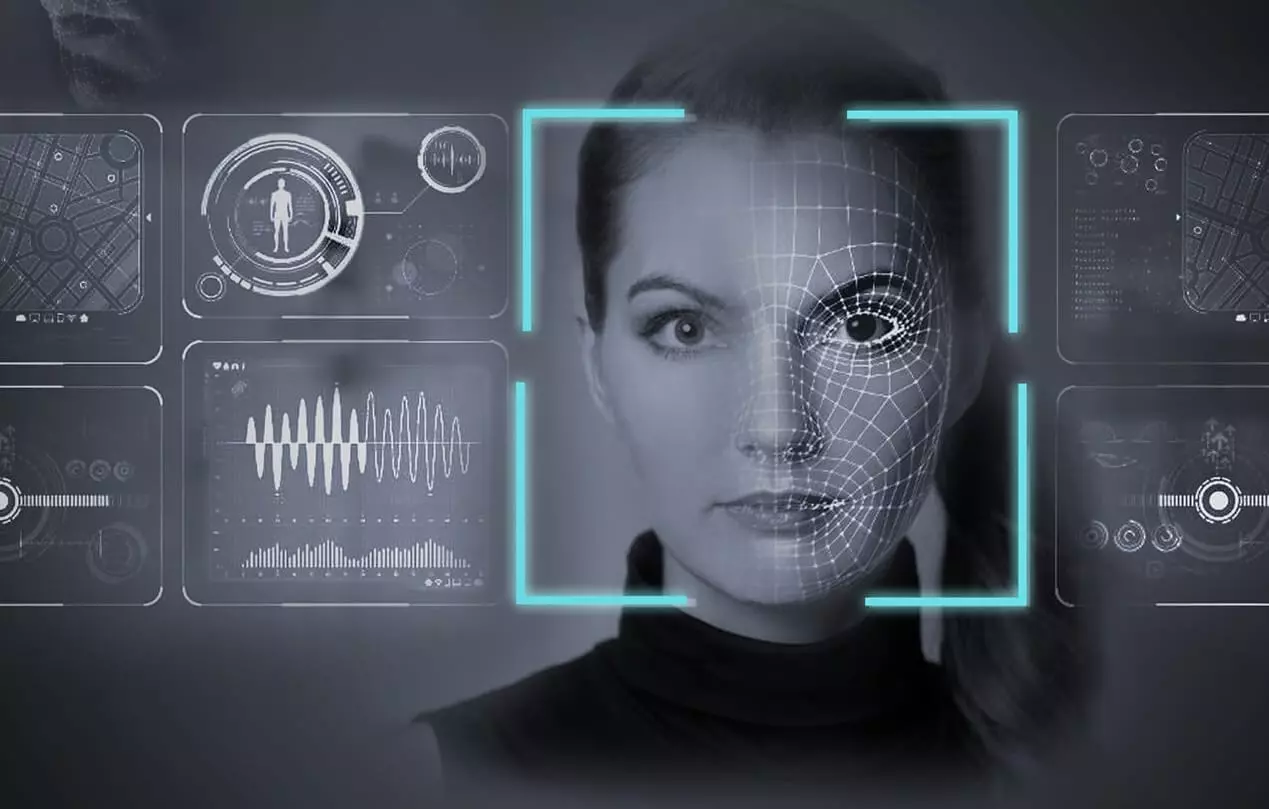Artificial Intelligence (AI or AI in English), known as machine-powered intelligence, is now a reality. It is increasingly present in areas and services that we are not even aware of, but it is in education where it is contributing most to personalize and improve the learning experience.
On the occasion of World Teacher's Day this Friday, October 5, ABA English, a pioneering digital English academy in launching a skill on Amazon through AI, unveils the advantages of Artificial Intelligence and its key applications to help teachers 3.0 today.
1. Personalization of learning
Artificial Intelligence has come to strengthen and improve relationships between teacher and student. Among its many advantages, one of the most beneficial for today's 3.0 teachers is that of personalization in learning, since AI can recognize the level of learning, identify strengths and weaknesses, detect at what points the Student needs to cover the topic again or have additional reinforcement and provide the necessary help, all in seconds.
This application is particularly interesting in the case of the Mexican educational system, where there are students with different levels and different needs.
2. Smart tutoring outside the classroom
AI also helps the teacher when the class has ended through what we call “virtual accompaniment”, since it provides the student with a relaxed environment and far from the judgment of others to prepare the tasks and point out the mistakes he makes without feeling self-conscious for the class.
This type of system allows students to have rapid feedback on their progress and detect possible errors so that they can be corrected effectively and immediately. It would be very useful for completing the tasks and for the written exams, to give two examples.
3. Automation of basic activities such as evaluation
Once Artificial Intelligence is finally established in Mexico, one of its multiple functions will be to help teachers in the assessment process with their students.
This will allow teachers to greatly reduce the workload and be able to dedicate more time to better serve students who require it. Software can now be used to correct multiple-choice or closed-answer tests, but it won't be long before programs can decipher student writing and evaluate their written compositions.
Although Artificial Intelligence does not have the judgment and sensitivity of a teacher to assign a grade to the student, it can help them in the correction work in some tasks, as well as in the revision of possible plagiarism.
4. Interaction with information
In this area, ABA English is a benchmark in launching, together with the Massachusetts Institute of Technology (MIT), the Amazon English Test skill, which allows evaluating the level of English through the vocal recognition of the virtual assistant Alexa. English Test is activated by voice and as it is an adaptive test, it is adapted to the level it detects in the user and simulates a real conversation with a teacher.
At the moment, these types of tools are no more than support for the teacher, but little by little they will be perfected and may mean a change in the concept of learning. In addition, these applications allow a much faster way of evaluating the student and adapting to the educational needs of the student.
5. Use of Chatbots
The term chatbot comes from the union of two words: chat (to converse) and bot (a bot is a robot, a software, capable of answering questions on various topics). This technology is often used for practical purposes, but some already use sophisticated natural language processing systems, the responses of which may resemble that of a real person. However, most draw from a database based on the presence of matching keywords.
If a real teacher is added to the chatbot, capable of providing feedback and communicating with the student, the results can be very promising.
"The teacher is a figure that increasingly has the need to be in tune with technology and complement it to improve teaching today and in the future, as well as the learning experience of the student himself," says Maria Perillo, Chief ABA English Officer Learning.
“For this reason, and on the occasion of World Teacher's Day, from ABA English we have launched teachers messages (instant messaging with our teachers), which allow our students to be in permanent contact and feel accompanied in real time by our certified teachers. In this way, we combine the flexibility of technology with the irreplaceable presence of the teacher who provides the empathy and closeness that only a human can offer. ”


